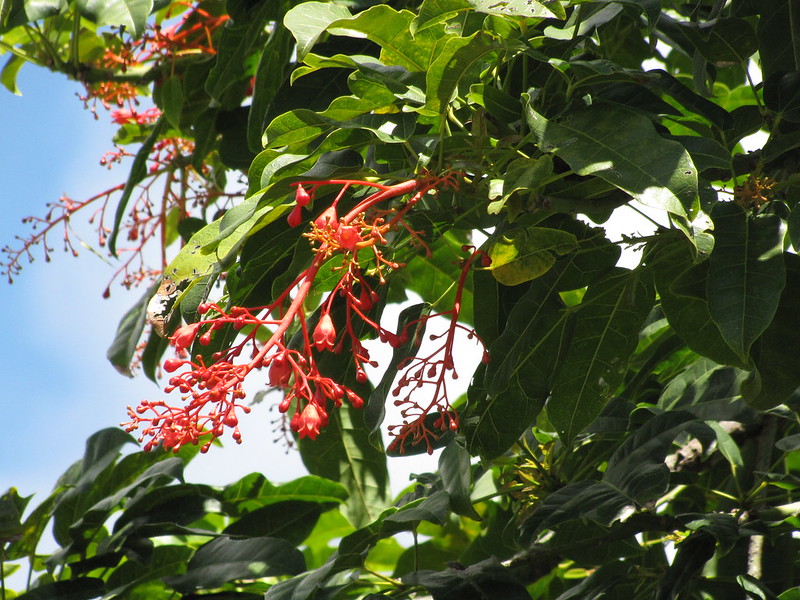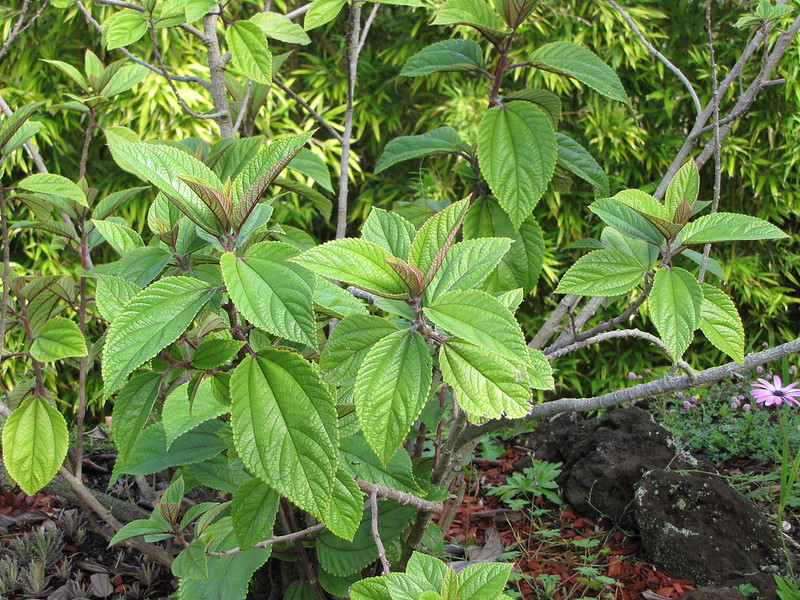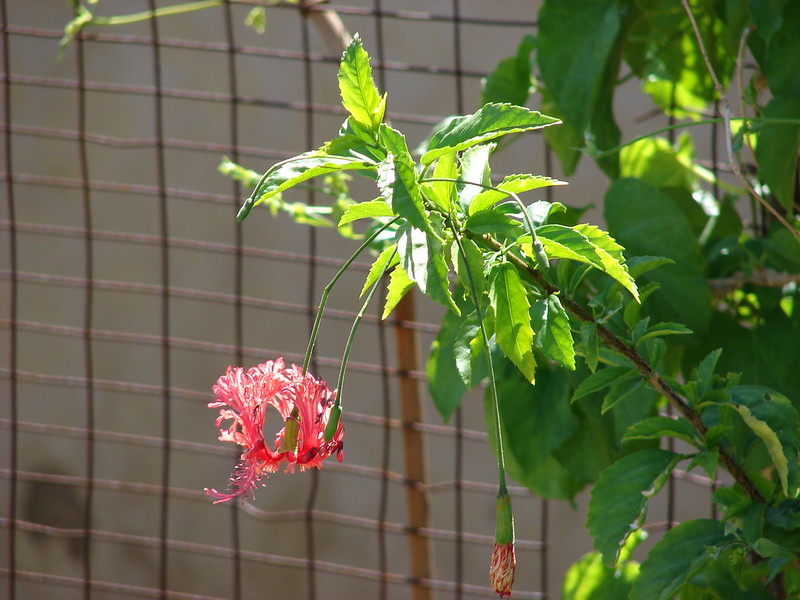High-risk Medinilla species
DO NOT PLANT: Any high-risk members of this genus
Many plants in the Medinilla genus and Melastomataceae family are weedy and extremely invasive in Hawai’i. The seeds are dispersed by birds, water & and unintentionally as a result of human activity (i.e. muddy boots). Worse yet, humans are a major disperser of this family. Seeds, propagules, and clippings are shared and sold due to their beautiful flowers and attractive foliage. They often produce more than 1,000 seeds per square meter per year, and they can persist in the seed bank for more than a year. Furthermore, they thrive in a wide range of elevations demonstrating their environmental versatility. This family is disturbance-adapted and can effectively colonize a disturbed area. Destructive to native habitats, these plants are very aggressive and shade out, crowd out, and smother surrounding vegetation, forming dense stands. These plants are horrible pests and very hard to control.
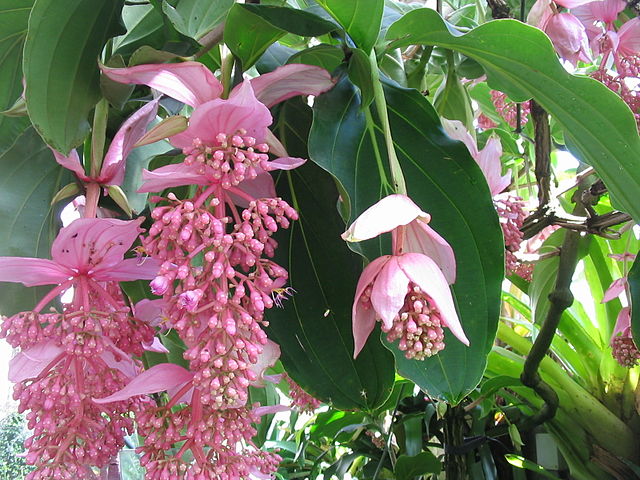
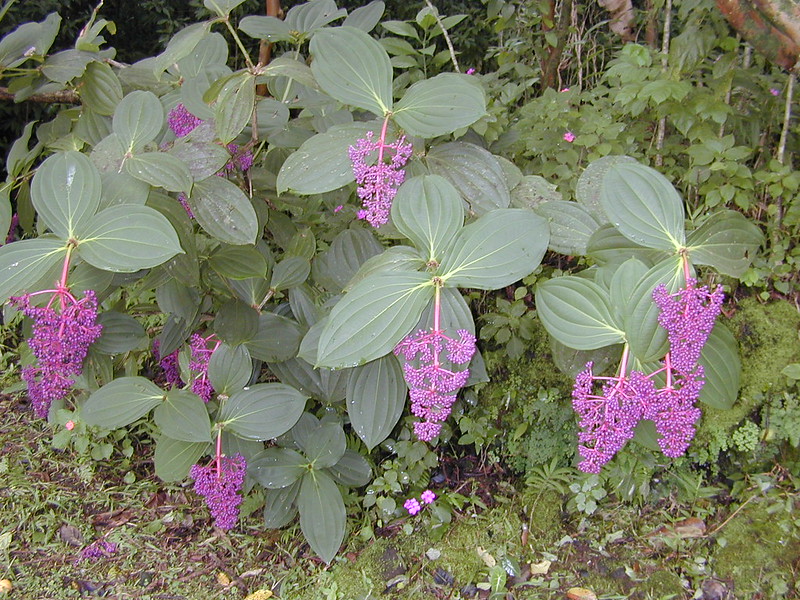
Photos: Alberto Salguero, BIISC
Impacts:
- Easily escapes cultivation
- Naturalized in disturbed rainforests and in established landscaping
- Forms thickets and displaces native plants
- Germinates on other plants and eventually smothers its host
- Larger mature plants often climb surrounding vegetation
- Produces prolific viable seeds
- Shade tolerant and fast growth to reproductive maturity
Description:
- Shrubs up to 8 ft. tall with strongly veined leaves (6-15 in long) and small (1/4 in) pink, red, or black berries
- M. magnifica has 4-winged stems and showing flowers, small pink or red flowers (5 pedals) grow in drooping clustered panicles (up to 18 in long) hooded by large, showy leaf-like pink bracts
- M. cumingii has a square stem and flower clusters 10 in long with small pink flowers (1 in, 4 pedals)
Grow these instead
Photos: Forest & Kim Starr
